Reginald V. Jones, a genius of physics, developed new systems and tactics that thwarted the German High Command
On the afternoon of June 12, 1940, Frederick Lindemann, whom British Prime Minister Winston Churchill had just appointed as his scientific advisor, called a meeting at the Air Ministry. Lindemann, known to everyone as “the Prof,” invited at the last minute 28-year-old Reginald V. Jones, the relatively unknown Deputy Director of Intelligence Research. The sole topic of the meeting was Germany’s progress in developing and deploying defensive radar systems, research that Britain was already pursuing with its own secret Chain Home radar stations. As the meeting drew to a close, Jones stunned everyone in the room with an alarming piece of information he had learned only that morning. He now believed, he told the others, that the Germans had achieved a breakthrough in electronic bomb targeting that, if successfully implemented, could very well mean Britain’s defeat.
Jones, the son of a London postman, was considered an academic prodigy from an early age. At 22, after receiving his doctorate in physics from Balliol College, Oxford University, he began a civilian career at the Air Ministry, where within a few years he reached the agency’s second-highest intelligence position, specializing in electronic and radio-based counter-air warfare.
The introduction of commercial radio in the mid-1920s was as magical as one could imagine. Only three decades had passed since Italian inventor Guglielmo Marconi’s discovery that radio waves could send messages through the airwaves. This led to his groundbreaking transatlantic long-distance radio transmission (from St. John’s, Newfoundland, to Cliveden, Ireland) in 1901. Initially, the system could only transmit Morse code, but within a few years, voice transmission became possible. Thanks to this development and a few readily available components, anyone with some technical skill could build a functioning radio at home and, as Jones later wrote, “conjure speech and music from the air.”
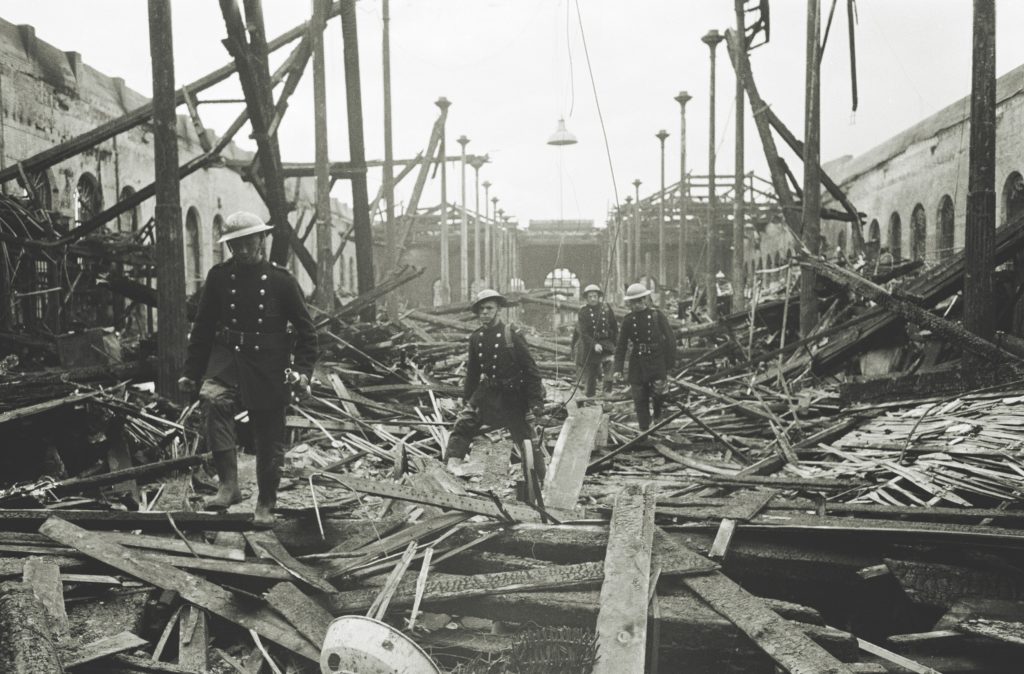
In the mid-1930s, Jones’ research focused on detecting the infrared radiation emitted by hot aircraft engines during approach to the British Isles. While this fascinating work ultimately led to a dead end, it strengthened his reputation as a young man to watch. Most importantly, his work had caught the attention of Frederick Lindemann.
Lindemann first noticed Jones in 1931, when he was still a physics student at Oxford. One day, the prickly Professor Jones remarked during a review meeting that no student had ever answered his questions so effectively. Neither of them could have imagined that years later, they would work together at the Air Ministry on important defense projects.
On the morning of June 11, 1940, Jones received telephone calls from Lindemann and Group Captain Lyter Fettiplace Blandy, head of the Royal Air Force’s Y Service, which was responsible for intercepting and decrypting German radio signals. Each caller invited Jones to a meeting the next day. Lindemann’s afternoon meeting was used to discuss Germany’s ability to detect incoming aircraft using radio waves; Blandy’s morning meeting was more of an informal update on Y Service activities. Jones held the highest security clearance and, among other things, had access to intercepted messages from Bletchley Park, where British intelligence analysts, as part of an Allied intelligence program called Ultra, regularly decrypted German radio messages sent over their Enigma cipher machine network.
Blandy opened a drawer in his desk and got straight to the point. “Does this mean anything to you?” he asked Jones, handing him a piece of paper. “It doesn’t seem to mean anything to anyone here.”
Jones read the translation in Ultra English: “Cleves Knickebein is located at 53 degrees 24 minutes north and 1 degree west.”
Jones immediately recognized that the specified position was a point in England exactly one mile south of Retford in the Midlands, on the Great North Road. He knew that Germany had a radio beam transmitter called the Knickebein in Kleve (or Kleves, a town on its western border), and that the British had confirmed the existence of this narrow wave beam over England. To Jones, the name Knickebein (“crooked leg”) suggested some kind of crossover, perhaps a second beam crossing the first—in short, a precise device for dropping bombs with an “ X marking the spot.” Also, he said, it offered the possibility of setting up a false cross beam that would fool the Germans into dropping their bombs on decoy targets. In any case, the decoded message meant that the German Air Force was working to develop the ability to precisely bomb England in all weather conditions, day and night.
When Jones was asked about Germany’s defensive radar capabilities at the Lindemann meeting, he said he was convinced the Germans had those capabilities but knew few details. He mentioned the so-called Oslo Report—an eight-page document on German technology, submitted anonymously from Norway and taken seriously only by Jones and a few others. Toward the end of the meeting, Jones dropped a bombshell of his own. He reported on his analysis of the Knickebein Ultra transmission, which he had read that morning in Blandy’s office. With that, he said, all the pieces of the puzzle fit together, and he was convinced the Germans had a two-beam electronic cross-routing system for bombing England. Asked to explain his extraordinary claim, Jones said he believed, based on this evidence and secretly recorded conversations with Luftwaffe prisoners, that Knickebein was derived from the German “Lorenz” blind landing device installed on German bombers: an electronic aid designed to guide aircraft safely to the ground along a radio beam in all weather conditions.
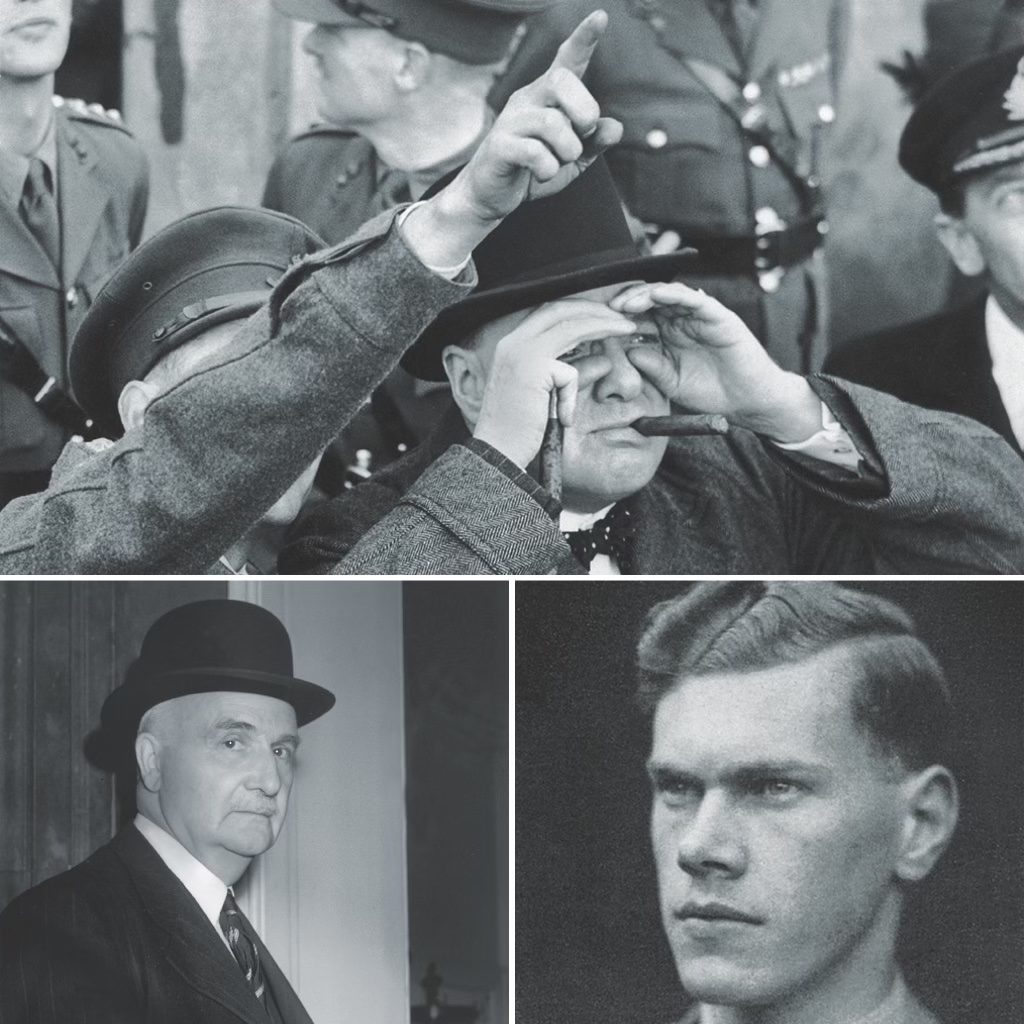
The concept was by no means new to the Royal Air Force; they, too, had installed a similar low-frequency radio-range landing system in their aircraft. What was new , explained Jones, was the built-in twin-jet precision bombing capability. Jones had become aware of the German project in a conversation with an engineer at the Royal Aircraft Factory who had examined some of their downed bombers. The man had mentioned that the only unusual feature of the Lorenz system was its significantly greater sensitivity than required for a blind landing.
These radio landing devices for blind landings in the cockpit were fully developed by the mid-1930s. Pilots also used them for point-to-point navigation and holding patterns. These versatile systems had various names, including “four-course radio range,” “AN,” “Adcock radio range,” or sometimes simply “the range.” With the Lorenz system, the pilot listened to Morse code signals through his headset after entering final approach. If the aircraft was left of the desired landing course, he heard the A stream (a repeating A in Morse code: di-dah, di-dah, etc.); if it was right of it, he heard the N stream (dah-dit, dah-dit, etc.). If he corrected and finally heard a steady tone, he knew he was on the “equisignal”: the correct landing course. (American pilots called this “on the beam.”)
If Jones’ theory—and for Lindemann and the others it was still a theory—was correct, and the Lorenz system had been cleverly modified and concealed, the Germans could bomb England with almost impunity. Almost predictably, the ever-difficult Lindemann was the biggest skeptic. The beam wouldn’t work, he said, because the short waves didn’t bend around the Earth’s curvature. Jones, armed with calculations from Thomas Lydwell Eckersley of the Marconi Company, assured Lindemann that the waves would bend. The next day, Jones met with Lindemann and showed him Eckersley’s report. Lindemann then withdrew his objection and sent Churchill a memo outlining the significance of the new device. On June 14, a newly captured Luftwaffe prisoner of war admitted during interrogation that Knickebein was indeed a radio-beam bomb-delivery system. For Jones, the evidence was almost conclusive.
On June 21, Churchill chaired a high-level meeting. Lindemann sat to his right, Lord Beaverbrook, the Minister of Aircraft Production, to his left. Opposite him sat Air Minister Archibald Sinclair and all the senior Royal Air Force officers. Jones was admitted 25 minutes after the meeting began. His first impression was that there were no secretaries present; it was obviously an off-the-record discussion. After sitting in silence for a while, he was surprised when Churchill suddenly asked him “a question of detail,” as Jones later described it.
“Would it help, sir,” Jones replied, “if I told you the story right at the beginning?” Churchill was briefly stunned and then said, “Yes, it would!”

Jones spoke calmly and without notes for 20 minutes. “When Dr. Jones had finished,” Churchill later recalled, “there was general disbelief.” In particular, Sir Henry Tizard, an influential scientific advisor to Churchill, vehemently disagreed with Jones’ conclusions. After a rather chaotic discussion, Churchill finally got to the point. Turning to Jones, he asked, “What can we do?” The existence of the rays, Jones replied, had to first be confirmed by a flight test. Then, he said, it was essential to develop countermeasures to thwart them. Much to Jones’s delight, Churchill agreed and set the plan in motion. Two years later, Lindemann told Jones that Churchill had said, “If we had listened to Tizard in 1940, we would not have known about the rays.”
The very next day, three twin-engine Avro Anson utility aircraft, equipped with American Hallicrafters S-27 wideband receivers (essentially amateur radio equipment) and operators, were dispatched to locate the Knickebein transmission frequencies. After a long period of inconclusiveness, one of the Ansons finally picked up a radio beam. Then they found a second signal. The bearings matched transmitters in Kleve and Bredstedt, Germany. Jones rejoiced. “In the course of ten days, we went from surmise to certainty,” he later wrote. “[My work had] taken me from insignificance to the highest level of the war.”
By September 1940, the Knickebein countermeasures worked well, especially during German night attacks, when alternative visual aids were mostly unavailable. Electronic countermeasures became increasingly powerful until they turned the enemy’s Morse code into noise. The German beams were nicknamed “Headache,” so it was only fitting to call the British jammers “Aspirin.”
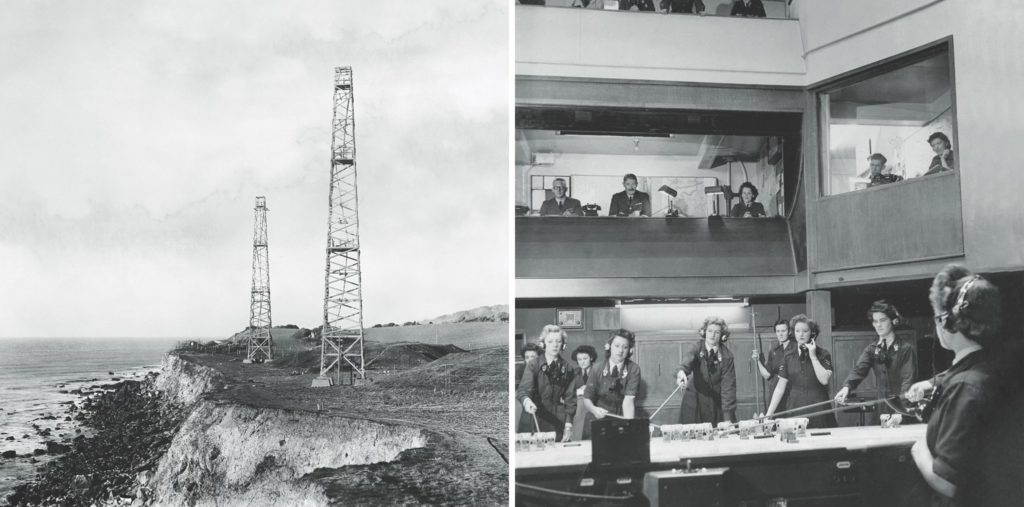
Despite this success against Knickebein, Jones had suspected for months that the Germans were developing another twin-beam navigation bombing system. Its existence was soon confirmed by intercepted Ultra messages and other secret recordings of Luftwaffe conversations with prisoners of war. The Germans called the system the “X-Gerät,” where “X” refers to the intersection of the beams and ” Gerät ” means “device.”
British radio direction finders had identified the transmitting stations as Cherbourg and Pas de Calais, both on the French coast. Within a few weeks that summer, the signals were attributed to a single bomber unit, Kampfgruppe 100 (KGr.100), which appeared to be operating independently of other bomber units. British jammers were quickly modified to block these new “X-rays.” In a nod to the earlier “Aspirin” example, the new jammers were called “Bromides.” But a most tragic communications error regarding the jamming frequencies meant that an X -ray attack on Coventry on November 14, 1940, could not be prevented, and Luftwaffe bombers devastated the city. (Some historians have suggested that Churchill concealed his knowledge of the Coventry attack to maintain Ultra secrecy; however, Jones’s book refutes such claims.)
Jones’ tireless efforts in the “Battle of the Rays” led him, in the busy autumn of 1940, to the discovery of another radio-navigation bombing system. The most important clue to its existence was something he had long suspected based on clues in the Oslo Report. He also had in the back of his mind a mysterious Ultra intercept dated June 27, 1940, which read: “It is planned to establish Knickebein and Wotan installations in the vicinity of Cherbourg and Brest.” What was this Wotan? Jones wondered. He then called Frederick “Bimbo” Norman, a friend and colleague from Bletchley Park whose scholarship on German heroic poetry was highly regarded, and asked him about Wotan.
“He was the leader of the German gods,” Norman told Jones. “Wait a minute… he only had one eye.” But then Norman exclaimed excitedly, “One eye, one beam!” and asked Jones if he could imagine a system that used only one beam. Jones replied affirmatively, and the resulting conversation opened up the possibility of a third, and potentially most devastating, radio bomb system the Germans had developed.
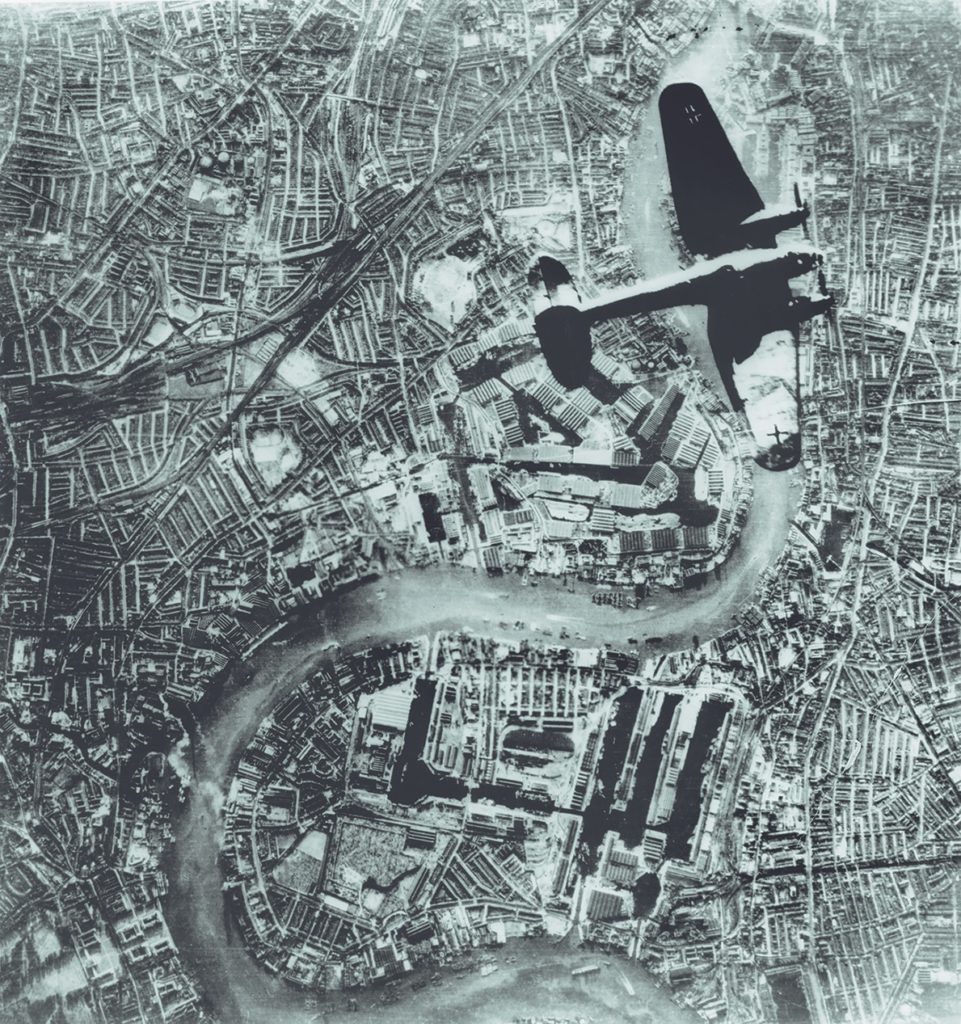
In November 1940, a message from a German transmitter station, encrypted by Ultra, contained only a single set of target coordinates. A map comparison revealed that the coordinates matched a British training center in Dorset. Everything clearly pointed to a navigation system that required only one beam: The Germans had cleverly modified X-Gear to emit a second signal on a slightly different frequency. The improved system provided a range-finding signal that followed the course beam. If the signals overlapped, the enemy bomber was over the target. According to Ultra, the Germans called this third beam variant the Y-Gear.
The British immediately developed new countermeasures, which, curiously enough, utilized the British Broadcasting Company’s large commercial transmitter in London. As early as February 1941, the British were firing Y-Gear beams back at the enemy on the same frequency, only with significantly higher power. But by May 1941, with Operation Barbarossa—the invasion of the Soviet Union—imminent, the Luftwaffe had transferred the majority of its bomber fleet to the Eastern Front. Thus, the “Battle of the Beams” was largely over, although electronic retaliatory strikes continued intermittently until the end of the war.
As World War II continued, Jones intensified his own fight against German technology. The Oslo Report was constantly reviewed for new leads; previously discarded leads were re-examined. Jones had long pursued a particular reference in the report to radar, a technology that the British—with their still-secret Chain Home network—viewed with almost proprietary interest. In July 1940, while uncovering the secrets of Knickebein and Gerät, Jones came across a cryptic enemy intercept that mentioned an air defense warning system called “Freya.” Jones recognized Freya as a Norse fertility goddess, but that alone didn’t help him much. Upon further investigation, however, Jones discovered that Freya wore a necklace guarded by the guardian Heimdall, which gave her the ability to see from horizon to horizon, day and night. Now we’re making progress, thought Jones: Heimdall possessed vision equal to radar. (Incidentally, these compromising German code names are the main reason why secret projects are now named completely arbitrarily.)
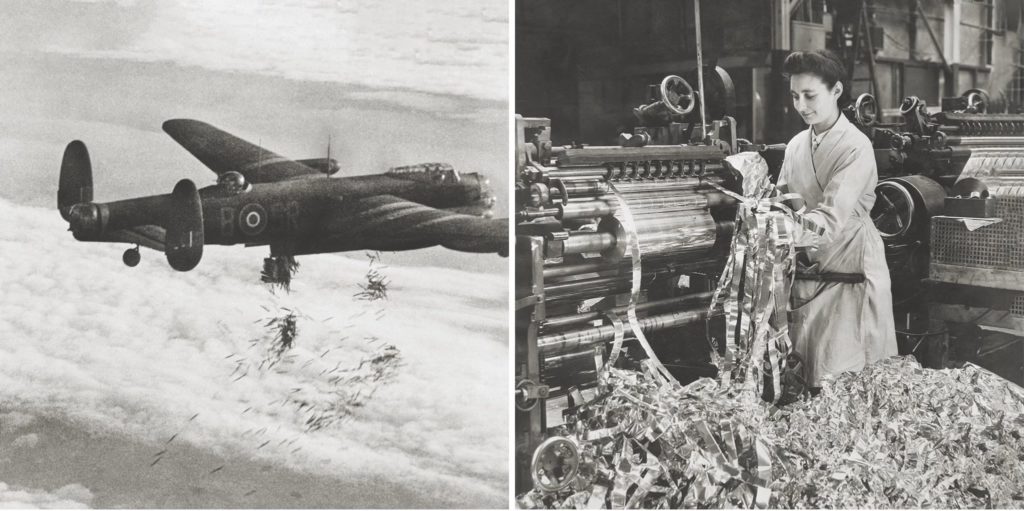
While Jones and his colleagues were attempting to locate the Freya early warning radar stations, an Ultra decryption mentioned a second, similar German radar, codenamed Seetakt (Navy Tactical), thus confirming another point in the Oslo Report. This shipboard and coastal radar was used to locate British ships. At the time, the British were not yet aware that the Germans were in many ways ahead in radar technology. In 1939, the light cruiser Königsberg and the heavy cruiser Graf Spee had been equipped with Seetakt systems. The two Seetakt-armed cruisers cruised the Atlantic, targeting British ships until they were sunk and sunk in April 1940. By the time the British discovered Seetakt, the Germans were already using it primarily in destroyer-sized patrol boats in the English Channel and were soon forced to rely on optics as their primary method of maritime ranging.
By mid-1941, the “Wizard War,” as it was sometimes called, was in full swing for Jones and his colleagues. They now focused on the Freya network , rightly assessing it as a greater threat to Bomber Command than X-Gerät. What the British didn’t know at the time was that the Germans had first successfully used Freya in December 1939, when it detected a daylight raid on Wilhelmshaven by a force of twin-engine Vickers Wellington bombers. To this day, it is not clear why Freya was technically more advanced than the British Chain Home system in 1941, offering higher resolution and the detection of smaller targets. In the early years of the war, the British successfully nurtured the myth that their Chain Home radar was technically superior. In fact, it was the unique ability of the warning system’s filter room at Bentley Priory, Fighter Command headquarters, to sort through the available information and mount the best possible defense.
IN EARLY 1942 THE GAME IN THE “SECRET WAR” BEGAN TO TURN IN FAVOR OF THE ALLIES.
Fortunately for the British, the Freya network was incomplete during the Battle of Britain, with large gaps in coverage, while Chain Home was fully operational. Some scholars suspect this discrepancy was due to the British’s defensive posture, while the Germans, who possessed the world’s most powerful military, were strictly offensively oriented and had a blind spot when it came to their own defense.
Nevertheless, at the end of 1941, due to increasing British attacks on their cities, the Germans began intensively expanding their air defense network. Luftwaffe Commander Hermann Göring assigned Colonel Josef Kammhuber to lead these efforts. The Allies called the new air defense network, which also included the Freya stations, the “Kammhuber Line,” and it proved extremely effective. RAF Bomber Command aircrew losses were staggering: more than 55,000 of a total of 125,000 men were killed; the US VIII Bomber Command recorded approximately 44,000 aircrew killed.
At the beginning of 1942, the tide of the “secret war” turned in favor of the Allies. Jones, now concentrating primarily on electronic countermeasures against enemy air defenses, also gained increasing influence in other areas. For example, upon learning of the loose formations and timing of Bomber Command’s attacks, he pushed for a shift to steady, concentrated bomber streams that overwhelmed the German defenses. At the same time, the introduction of the Allied radio navigation systems Gee and Oboe (a combination of electronic heading and ranging signals) into air operations led to even more successful deep-penetration missions. The initial use of this new bomber stream tactic led to the highly successful first 1,000 RAF bomber raids on Cologne on May 30, 1942. But the cat-and-mouse game continued: German electronic defenses caught up again once the Kammhuber Line was completed and Luftwaffe fighters enjoyed renewed success against British bomber raids.
During this phase of the war, Jones’s reputation as a scientist rose rapidly. As early as 1937, he had theorized that metal foil falling through the air would produce radar echoes. After the outbreak of war, he and Welsh physicist Joan Curran developed a method for British bombers to disguise their approach by dropping strips of foil called “Window.” These were tailored to the wavelength of enemy radar. (The same technology, now known as “Chaff,” is still in use today.) Window was first used in the week-long Operation Gomorrah against Hamburg in July 1943, achieving outstanding results.
Towards the end of 1941, another of Jones’s research activities led to one of his most spectacular achievements. While investigating what the Nazis called the Würzburg radar, Jones became increasingly convinced that it now posed the greatest radar threat to the RAF. He requested intensive aerial reconnaissance missions over the many known Freya sites, hoping to discover a Würzburg installation. On November 22, 1941, a Spitfire from the Photo Reconnaissance Unit returned grainy pictures of a radar installation at Bruneval, a coastal village near Le Havre, France. The photographs showed a suspicious object at the end of a well-worn track leading away from the station.
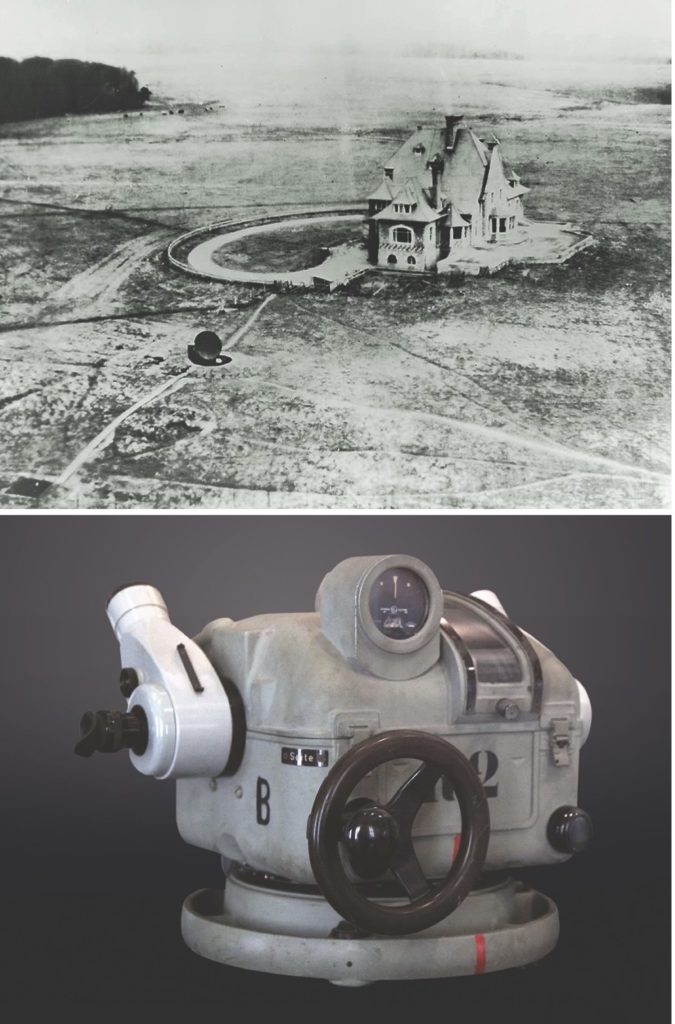
A daring PRU Spitfire pilot, Flight Lieutenant Tony Hill, volunteered for a dangerous low-level reconnaissance flight over the site on December 5. His images showed a three-meter-wide radar dish—the so-called Würzburg Giant. Jones was thunderstruck. He realized that the British still had much to learn about this long-sought, mysterious radar, pointed to by ultra-sound listening devices. Although he hesitated to recommend a commando raid, fearing the loss of life, he eventually decided such an attack was justified. After carefully analyzing the radar site on detailed maps, he found a nearby beach with a sloping approach that was almost ideal for an attack to capture as much of the site’s equipment as possible. Since Prime Minister Churchill always enjoyed such adventures, Jones’s suggestion quickly made its way up the chain of command. The attack on Bruneval—codenamed Operation Biting and led by Major John Frost on February 27, 1942—was a resounding success.
The most important result of the Bruneval attack was a better understanding of the capabilities of German anti-aircraft radars. The British discovered that the Würzburg radars, while significantly better constructed than their own, lacked the necessary countermeasures. The British skillfully exploited this crucial weakness.
Another of Jones’s counterintelligence coups occurred during the final stages of the 1940-1942 Siege of Malta—some called this the “Great Malta Bluff.” The Germans had installed new, powerful jamming devices in Sicily that disabled radar on the British-occupied island of Malta, just 96 kilometers south of the Sicilian coast. Malta lay directly in the enemy shipping lanes from Italy, which supported Italian and German forces in North Africa. The new enemy jammers could cripple the island’s air defense early warning system, leaving Malta extremely vulnerable. The island’s Signals Organization asked Jones and his team in England for help. Electronic countermeasures were unavailable. However, Jones knew that the Germans judged the success of their jamming by monitoring British radio and radar activity. With no other choice, he signaled Malta to continue radar surveillance as normal and not give any indication of trouble. The bluff worked. After a few days, the Germans gave up and turned off their jammers.
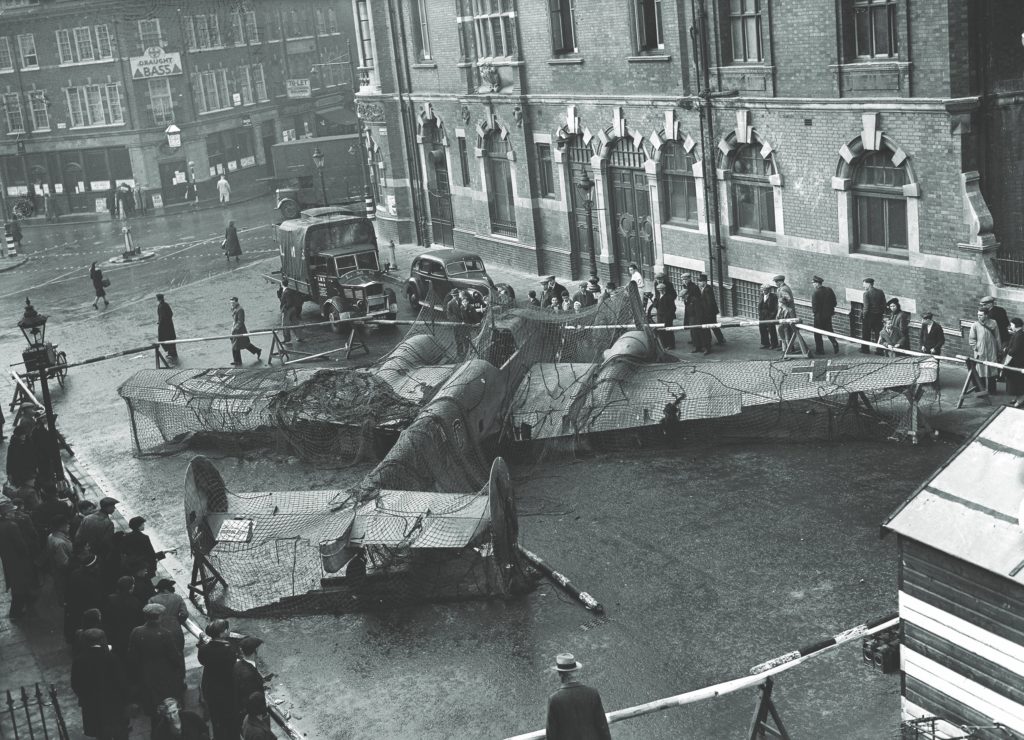
Jones only learned the identity of the author of the anonymous Oslo Report through a chance encounter in the early 1950s. He only revealed the author’s identity after his death in 1987. Ferdinand Mayer, a German mathematician and physicist, was horrified by Hitler’s invasion of Poland and had decided to send his eight-page report to British intelligence. Although he was arrested by the Gestapo in 1943 for political activities and deported to concentration camps, Mayer survived the war. The Nazis never learned of the Oslo Report.
In recognition of his role in the conception and planning of the Bruneval Raid, Jones was made a Commander of the Order of the British Empire, the first of many such honors. His wartime achievement continued until May 1945 and notably included the decryption of the Kammhuber Line , the discovery of V-2 rockets at Peenemünde (Germany) and Blizna (Poland), the discovery of the launch tracks of the first V-1 pulse-jet bombs in the Baltic Sea, and the intelligence gathering for D-Day in Normandy. Jones, who died in 1997 at the age of 86, was undoubtedly responsible for the rescue of thousands of Allied soldiers.
As a final testament to his dual role as the “father of electronic countermeasures” and master of World War II intelligence, the U.S. Central Intelligence Agency (CIA) established the RV Jones Intelligence Award in 1993 to honor “scientific acumen applied with art in the service of freedom.” Fittingly, Jones himself was the first recipient.





